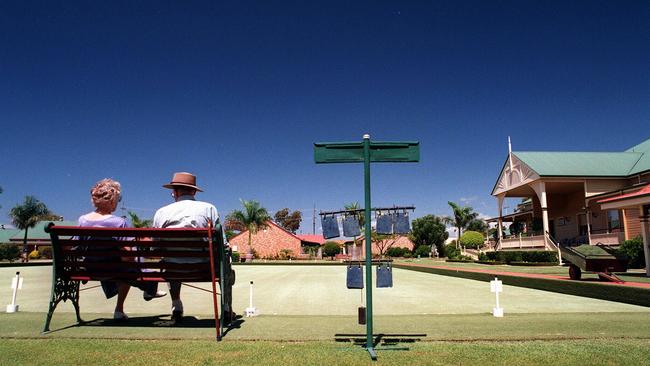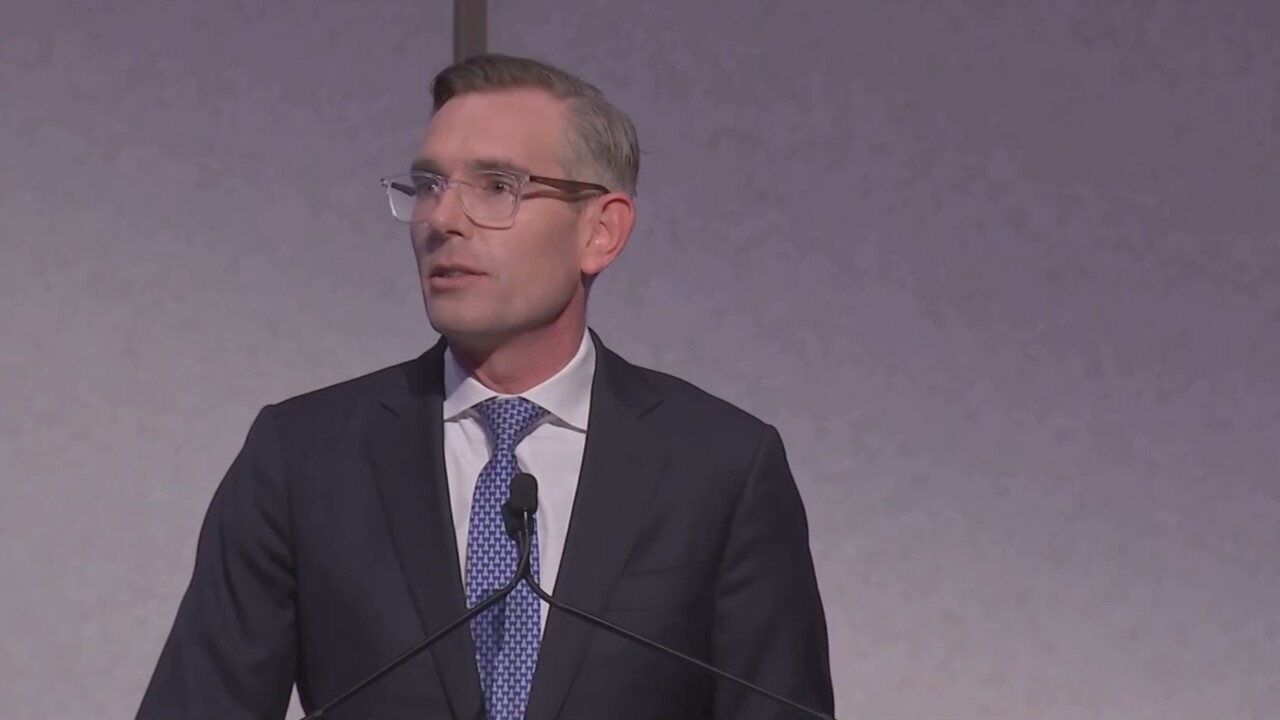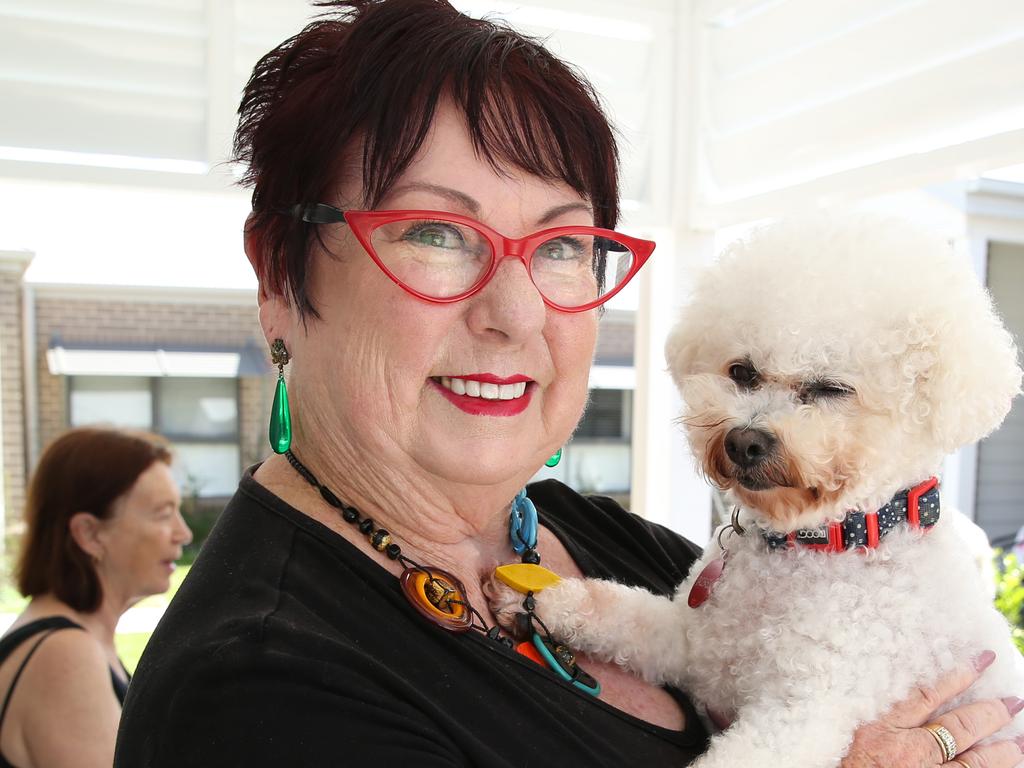Retirement villages a cheaper housing option for older Australians
Retirement villages could help ease the national housing crisis by offering older Australians a cheaper alternative as they downsize, but advocates are concerned about restrictive legislation putting a dampener on investment in the sector.

Retirement villages are becoming an increasingly affordable option for older Australians caught up in the current housing crunch, new figures show.
Yet a complex state and federal regulatory environment, widespread economic uncertainty and a steep rise in construction costs are seeing the pipeline for new retirement homes slow, the industry warns.
The latest PwC/Property Council Retirement Census shows that across the 18 months to December, the average cost of a two-bedroom retirement village unit in Australia grew by 6.6 per cent to $516,000, compared with a 26 per cent price jump for a similar property in the open market.
Retirement unit costs now sit at just over half the median cost of a private home in the same postcode, the data reveals.
In Sydney’s metropolitan region, they are 36 per cent of the median cost of a similar residence in the same postcode, the data, drawn from more than 64,000 retirement units around the country, finds.
Retirement Living Council executive director Daniel Gannon said retirement villages were a critical part of the nation’s future housing mix, especially for the growing number of older Australians facing cost-of-living pressures, but it was a misunderstood accommodation type.

“Often retirement villages are confused with aged care,” Mr Gannon said. “They are not the same thing. Retirement living communities offer a housing option that enhances wellbeing and lifespan for older Australians, and delays entry into aged care.”
He said retirement villages offered higher security, built-in safety features, access to health supports, a sense of community for older people, activities relevant to their stage of life and value for money. “On average, units in retirement communities across Australia are 48 per cent cheaper than the median house price in the same suburb,” he said.
Across Australia, just 5 per cent of older Australians live in retirement villages, with the average age of entry being 75 and an average duration of around nine years. About a quarter of the villages surveyed in the report are co-located with aged-care facilities.

Mr Gannon said rising housing and health costs enhanced the value proposition of retirement communities, which were running at about 90 per cent capacity, but the pipeline of development had slowed considerably.
The new census showed there were just 5100 new dwellings in the three-year supply pipeline compared to 10,500 in the previous census.
This is an issue given the number of Australians aged 65-plus is to rise from 4.5 million to 6.6 million by 2041, he said.







To join the conversation, please log in. Don't have an account? Register
Join the conversation, you are commenting as Logout